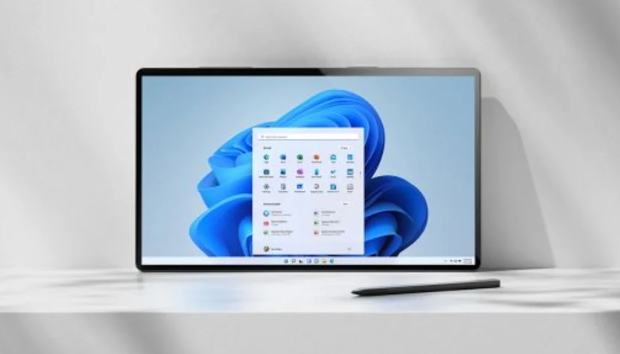
Those things you watch things through. What are they called, again?
“A new era for the PC begins now. Today marks an exciting milestone in the history of Windows.”
Do you remember where you were on 5 October 2021? Can you recall what you were doing and who you were with on that fateful day?
Well, here we are two and a half years after the launch of Windows 11 and what do we have to show for it? Back in February 2022, I wrote an article on this website about the adoption of Windows 11. The main conclusion was that it wasn’t exactly setting the world alight.
In the article, I quoted research from Statcounter that found Windows 11 had only 2.6% market share while Windows 10 had over 81%. Fast forward two and a bit years later and what is the market like now? Well, according to Statcounter, Windows 10 had market share of just under 70% in April 2024, while Windows 11 was at just over 26%. Windows 7 had shrunk from nearly 12% to just under 3%.
The interesting point about Windows 11 was that it experienced a decline in market share, bringing it back to October 2023 levels after rising to a pinnacle of just over 28% in February 2024.
Looking at those figures, Windows 11 appears to have taken equal amounts of market share from Windows 10 and Windows 7 over the past two years or so. But it seems to be struggling to make further inroads now.
This is interesting when you consider that in January 2022 Panos Panay, then chief product officer at Microsoft, claimed that there had been “strong demand and preference for Windows 11 with people accepting the upgrade offer to Windows 11 at twice the rate we saw for Windows 10. Windows 11 also has the highest quality scores and product satisfaction of any version of Windows we’ve ever shipped.”
Clearly, something went awry. Perhaps Windows 11 is just suffering from the ‘follow-up album syndrome’ which has plagued Windows for a number of years. Think Vista, for example, which failed miserably as a replacement for the incredibly successful Windows XP and Windows 8.1, which also left the vast bulk of Windows 7 users unimpressed. So much so, that Microsoft had to replace 8.1 with Windows 10 to get most users to upgrade.
Maybe there’s an unconscious or subliminal rhythm to Microsoft operating system releases where every successful version is followed by a damp squib.
Or it could just be an issue of perspective. When Microsoft announced its most recent financial results on 25 April for the third quarter of its fiscal 2024, the performance of Windows was only one of its nine business highlights. And the ‘more personal computing’ business segment it comes under was the smallest by revenue of Microsoft’s three businesses. Nevertheless, Windows did manage an 11% increase in revenue.
Similarly, when Microsoft held its earnings conference call, Windows didn’t feature in a single question, with nearly all of them dominated by the far hotter topic of AI.
Time moves on and it’s been some time since Microsoft was mainly defined as the Windows company. It has a lot more strings to its bow now.
If you think back to what Microsoft was saying on 5 October 2021, maybe it wasn’t wrong to say the new era of the PC had begun, but perhaps how we interpreted it was slightly different. Similarly, Windows 11 may well have been a “milestone” in the history of Windows, just not quite in the way we thought it would be.






Subscribers 0
Fans 0
Followers 0
Followers